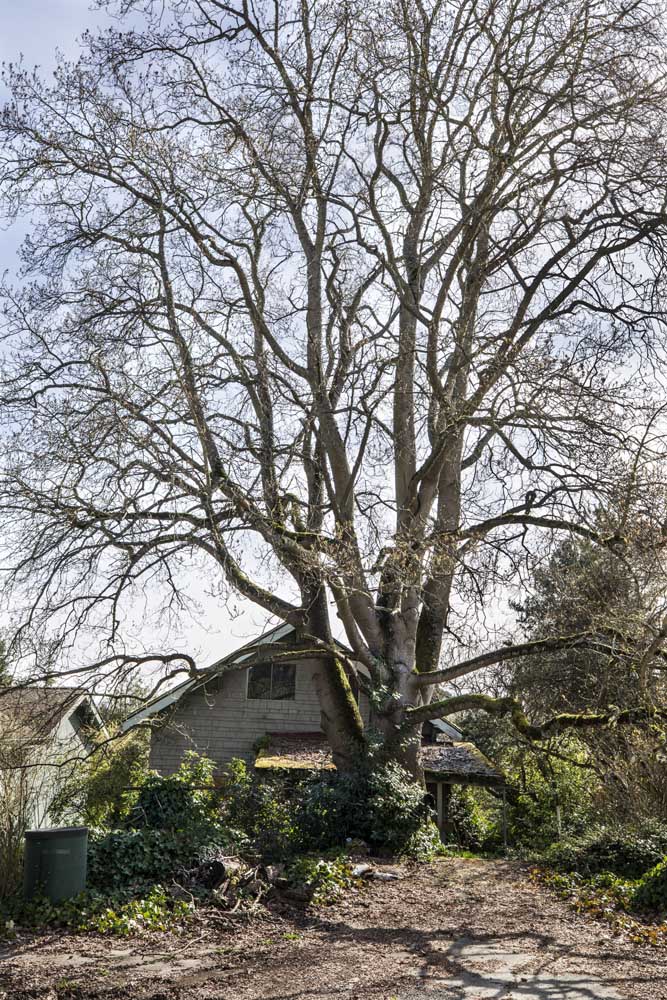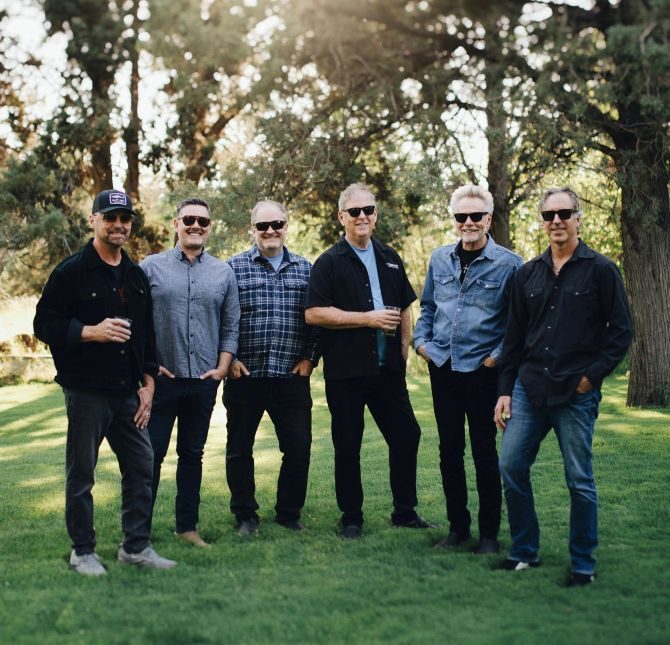Seattle neighbors work to save trees
Published 12:00 am Sunday, April 7, 2019

- This tulip tree that Seattle neighbors are trying to save is nearly 90 feet tall, with a diameter of 44 inches. That classifies it as exceptional by city code. (Steve Ringman / The Seattle Times/TNS)
Suzanne Grant smiles at the towering tulip tree while she can.
Nearly 90 feet tall, with a diameter of 44 inches that classifies it as “exceptional” by city code, the deciduous tree has served the neighborhood as a contemplative counterbalance to the ever-devouring urbanism of Seattle.
Grant has spent the last year trying to make sure the natural landmark isn’t also consumed as new houses go up. More than 80 years old, it is set for a developer’s saw this summer unless a city hearing examiner sides with her and dozens of neighbors attempting to preserve their local tree canopy.
This neighborhood conundrum highlights a larger one playing out across the city and its swiftly shifting topography: Can a swelling population coexist alongside keeping the Emerald City green?
As the city referees about a dozen such battles a year, according to the Department of Construction & Inspections, that question has gotten more pointed year after year since 2009, the last time the city updated its tree ordinance.
Between mayoral decrees, nonbinding resolutions and stalled legislation, the ensuing decade has brought plenty of faded hopes for Seattle tree advocates seeking new mandated protections for urban greenery. The city’s most recent effort at tree-protection reform, Trees for All was drafted but never introduced to the full council after tree advocates complained it needed more protection for exceptional trees.
“Putting in new buildings and protecting trees is incompatible,” said arborist Michael Oxman, about his frustration with the lack of an updated ordinance.
Oxman, who is also a board member of the Seattle Green Spaces Coalition, says Seattle’s current ordinance is laxly enforced and allows developers too many loopholes to avoid preserving exceptional trees.
In his more than 40 years as an arborist, Oxman says, he has been aware of measures developers have taken to get around saving a tree: mis-measuring a tree’s diameter, failing to note the presence of seven other trees with contiguous canopy on a property (making all exceptional), and arbitrarily declaring a tree “hazardous” even though it poses no risk.
As classified by city code, a tree is designated exceptional by virtue of its size, unique historical, ecological or aesthetic value that constitutes an important community resource. The city’s Department of Planning and Development lists diameter measurements that a particular tree species must meet to qualify for the designation.
For residential real estate, city code strictly states that an exceptional tree must be preserved unless deemed hazardous to the surrounding community. However, the code grants developers more flexibility in removing such a tree if it prevents them from maximizing a lot’s “development potential” — meaning it limits how much of a property can be built on.
That’s the crux of the argument between Suzanne Grant’s group of Queen Anne neighbors and developer Alex Mason, of MGT builders.
Mason, who owns the land containing the exceptional tree and the 104-year-old vacant house adjacent to it, plans to replace both with five residential units, three town homes and two row houses, that he classified as “middle-class housing.”
Removal of the tree is necessary for Mason to maximize the lot’s development potential or floor area ratio according to a land use application filed with the city’s Department of Constructions & Inspections.
Not so, says Grant and other neighbors who have filed appeals, 12 in all, to get the city to halt their beloved tree’s removal.
Through a representative, Mason declined comment during the appeal process.
Peter Brest, a neighborhood resident who also attended the meeting, says that middle ground between the sides should be easier to find.
“We’re not anti-development,” he says of his neighborhood coalition, “We just want to maintain some character of the neighborhood.”
He and Grant agree the city is trending toward sacrificing too many of its green spaces for bland “box-like” dwellings.
They don’t wish to see the city’s canopy cover, the percent of a city covered by trees, decrease much from its current 28%, joining its West Coast kin, San Francisco (13.7%) and Portland (23%), in having less than a fourth of its topography shaded in green.
That effort received some welcome news last week, as the City Council passed a resolution shepherded by council members Johnson and Mike O’Brien as part of the Mandatory Housing Affordability legislation expressing Seattle’s commitment to tree preservation and bumping its aspirational canopy goal to 33 percent.
But as Grant awaits a date to have her appeal heard, she considers the city’s pace too cavalier. She says Seattle isn’t enforcing its own codes.
“I’m just talking for the tree because the tree can’t talk for itself,” she says. “And I’m going to keep speaking.”








